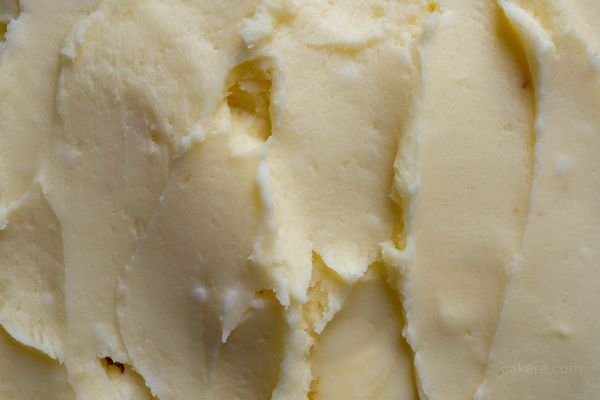Cakes are delightful treats that bring joy to any occasion. Whether it’s a birthday, wedding, or just a simple celebration, cakes with jam and buttercream are particularly scrumptious. However, there may be occasions when you find yourself with leftover cake or need to prepare in advance for an event. In such instances, freezing the cake might be a viable option.

The Freezing Process: Understanding the Basics
Freezing Cakes
Freezing cakes is a common practice to extend their shelf life. When done correctly, it preserves the cake’s moistness and flavor, allowing you to enjoy it even days or weeks later.
Freezing Cakes with Jam and Buttercream
Cakes with jam and buttercream can be frozen, but it requires some special considerations. While the cake itself freezes well, the jam and buttercream can present challenges due to their different consistencies.
Preparing the Cake for Freezing
Cooling the Cake
Before freezing, it’s essential to let the cake cool completely. Allow it to rest on a wire rack to avoid condensation, which can lead to sogginess during freezing.
Wrapping the Cake
Wrap the cooled cake tightly in plastic wrap. Ensure there are no exposed areas to prevent freezer burn and maintain its freshness.
Storage Containers
For additional protection, place the wrapped cake in an airtight container or a resealable freezer bag. Label the container with the cake’s name and freezing date for easy identification.
Freezing Cakes with Jam and Buttercream: Dos and Don’ts
Do: Use High-Quality Ingredients
For the best results, use high-quality ingredients when making the cake, jam, and buttercream. Fresh and flavorful components will contribute to a better-tasting cake after freezing.
Do: Choose the Right Freezer Temperature
Set your freezer to the coldest temperature for optimal cake preservation. It helps maintain the cake’s taste and texture during freezing.
Don’t: Freeze for Too Long
Avoid freezing cakes with jam and buttercream for extended periods. While freezing can prolong the cake’s shelf life, it is best to consume it within three months for the best quality.
Don’t: Freeze Unfrosted Cakes
Unfrosted cakes freeze better than fully decorated ones. If possible, freeze the cake without jam and buttercream, and add the frosting after thawing.
Thawing Frozen Cakes
Thawing in the Refrigerator
The ideal way to thaw a frozen cake with jam and buttercream is by transferring it to the refrigerator. Allow it to thaw slowly, which helps retain its taste and texture.
Thawing at Room Temperature
If you’re in a rush, you can thaw the cake at room temperature. However, this method may lead to some condensation on the frosting.
The Taste and Texture After Freezing
After properly thawing a cake with jam and buttercream, you’ll find that the taste and texture are still enjoyable. The jam and buttercream might undergo slight changes but will generally remain delicious.
Tips for Decorating Frozen Cakes
When decorating a frozen cake, ensure it is fully thawed to prevent the frosting from melting unevenly. You can also add fresh decorations to enhance its appearance.
FAQs
Yes, you can freeze a cake with fresh fruit jam. Just ensure the jam is evenly spread and doesn’t seep out during freezing.
Fondant-covered cakes can be frozen, but the fondant might sweat during thawing. It’s best to add fondant decorations after thawing.
A cake with jam and buttercream can be kept in the freezer for up to three months without a significant loss of quality.
Yes, you can freeze a cake with cream cheese frosting. The frosting may become slightly softer after thawing.
Conclusion
Freezing a cake with jam and buttercream is possible and can be a convenient way to preserve these delicious treats for later enjoyment.
By following the proper steps and precautions, you can retain the taste and texture of the cake, ensuring a delightful experience when you decide to indulge.
Remember to use high-quality ingredients and avoid freezing for too long for the best results.
